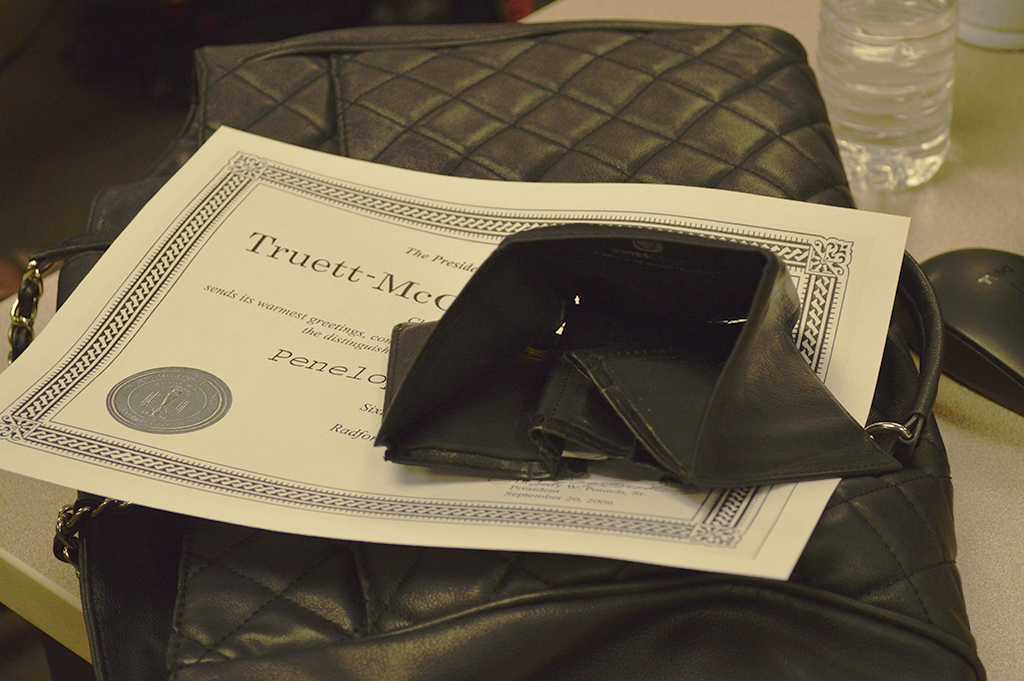The spiraling cost of higher education
College diplomas may be necessary to succeed in the modern job market, but they often cost more than people will be able to pay back after years of paychecks.
As the end of the year approaches, most seniors are deciding on which college they will be attending in the fall. What they may not be so sure of, however, is how they will be able to afford it.
Today, the cost of attending college is egregious, and rising. Without help from collegial and governmental financial aid, many students would not be able to receive higher education. The rising cost of college education is a pressing and obvious problem, and one that needs to be fixed soon.
College is expensive for a reason. Demand for college education is rising, since it is becoming harder and harder to find work in the job market without a college degree. According to the Bureau of Labor Statistics, 66.2 percent of high school graduates across America went on to attain a college education in 2012; in 2000, notes HigherEdInfo.org, only 56.7 percent attained one. With the higher demand for education, then, and no change in supply (i.e., no significant change in the amount and size of most types of colleges), the price of education, based on the laws of supply and demand, is increasing.
This increase in costs is very noticeable. At the University of Michigan, for example, the increase in prices in recent years has far exceeded the rate of inflation; whereas the rate of inflation was 29 percent over the past decade, the rate of increase in U of M tuition has been 84 percent A typical U of M bill for an incoming in-state freshman today costs in excess of $13,000 dollars before scholarships, financial aid, and housing and book costs are taken into account. For students coming from other states, the costs can exceed $40,000.
The rise in costs is also attributed to causes other than basic supply and demand. Economist Ronald G. Ehrenberg from Cornell University claims the problem stems from competition among colleges. Basically, he says, colleges compete to be the best in all fields, and spend as much as they can to improve facilities, collect the latest materials, and further research ventures. They spend ludicrous amounts of money because they want to have a better image than their competitors and attract more applicants.
However, since these colleges have limits to the number of students they will accept, they must charge thousands upon thousands of dollars to incoming students to make up for their debts. For public colleges who receive money from the government to fund their endeavors, their debt is less, but they also have less money to give out as financial aid because they spend most of their funds on improving the school.
So the college students of today are left with a problem. For most, going to college now means high debts after they graduate, since they have to take out student loans to cover the bulk of the tuition which they cannot pay for themselves. Some are lucky enough to get scholarships and grants, though they are rarely full-ride and rarely fulfill the student’s entire need, except for so-called “need-blind” schools that will pay for any of the tuition that the student is unable to pay for without loans. The fewer-than-10 schools that do this, however, are all incredibly selective, and so the average student will not feel the benefits of need-blind admissions.
So how can the problem be solved? There seems to be three possible solutions: either colleges decrease their spending and tuition costs, students start earning more and paying more of their debts, or the government steps in and subsidizes colleges to a higher level. None of these solutions can be implemented fully enough to completely alleviate the problem, and it is unlikely any big changes will happen anytime soon that will make radically cheaper college a possibility.
There are some changes that colleges can make, however, to ease things up. For one, colleges could increase class size, reducing the need for extra professors and allowing for decreased spending of resources. Of course, smaller classes are preferable over larger ones for both students and professors, but what is the point of having more classes and space if students can’t afford to take them? Increasing class size is not an end-all solution, but it is something colleges can consider.
Other ideas include increasing the use of technology in the classroom and therefore decreasing the need for students and professors to be in class for as much time as they are today, and lowering the supply of majors that are in less demand so colleges can focus on the most popular courses. Once again, there are pros and cons to both of these solutions, but, as with class size, it’s better to have the people and not the resources rather than the resources and not the people.
There are many possible solutions that can be considered to place checks on expanding college costs, but it is likely that America will be dealing with the problem for years to come. It will take work from students, colleges, and the government at a more personal, case-by-case level to allow as many students graduate from college with as little debt as possible.
While free higher education for everyone would be nice, it is unlikely college will be free anytime soon. The only thing students can do now is take a deep breath, do some research, and start looking for some scholarship opportunities or financial aid.






